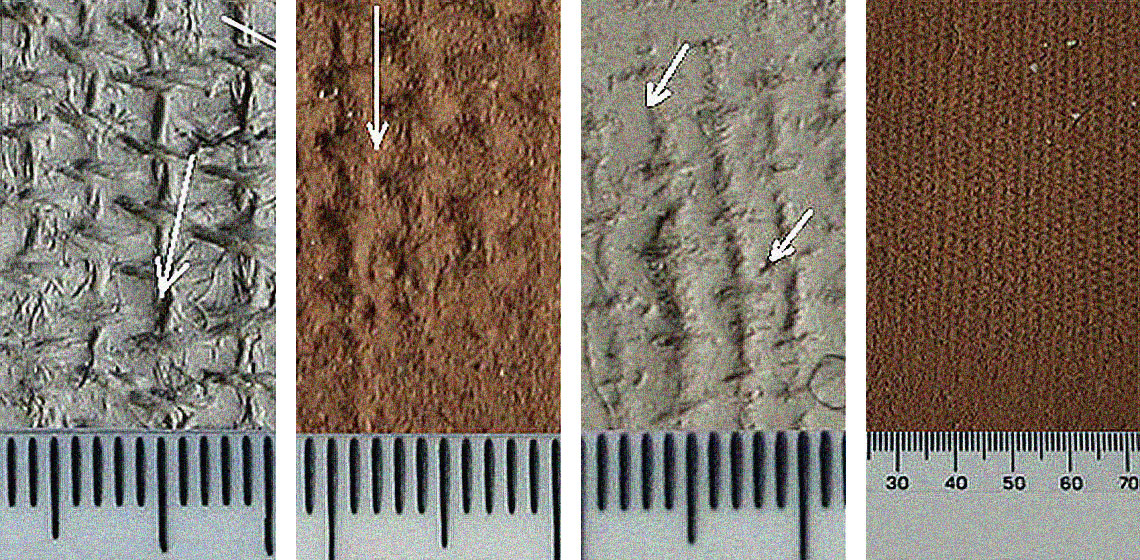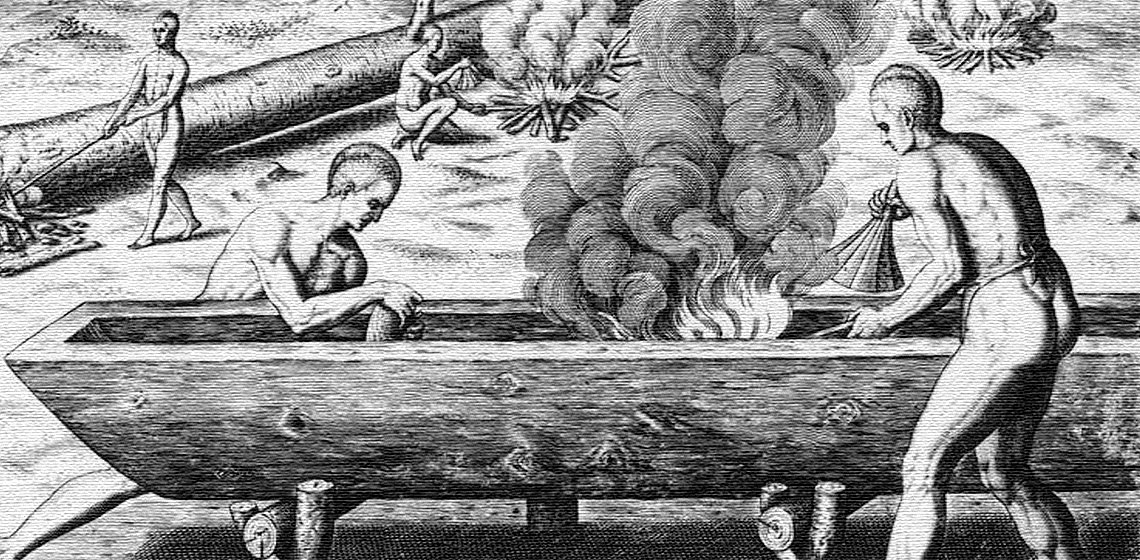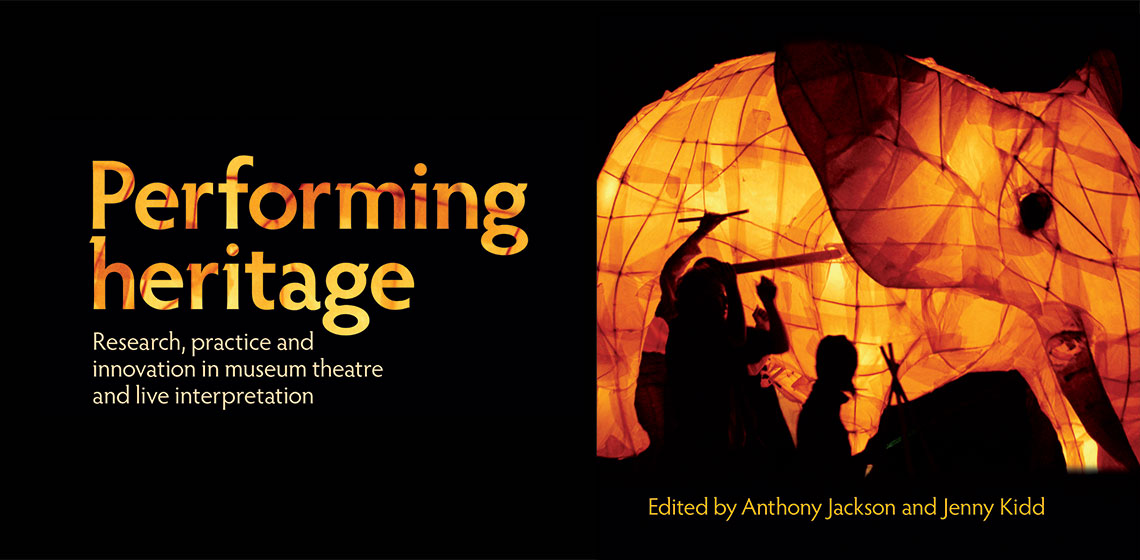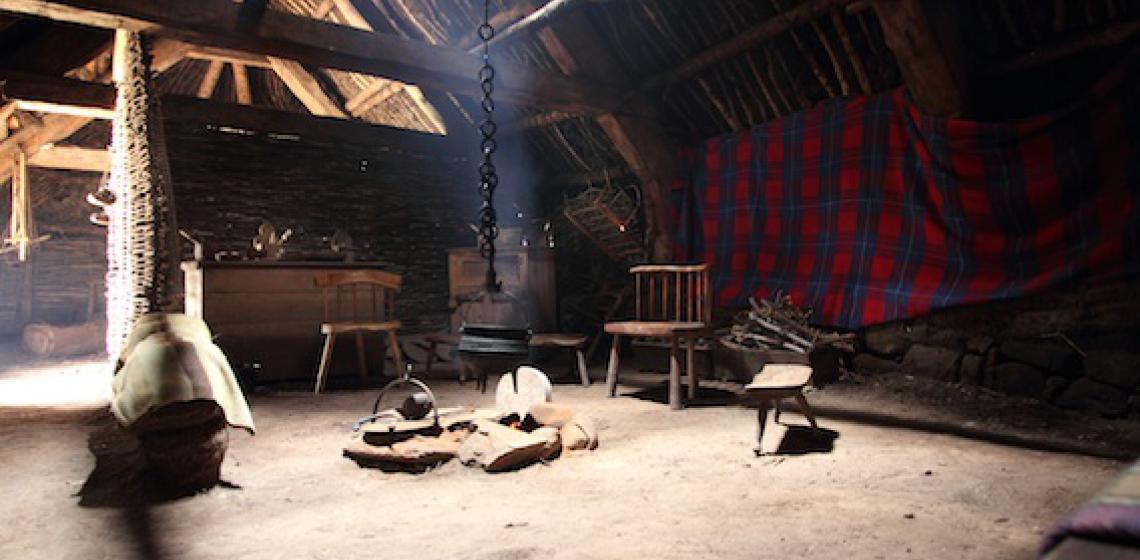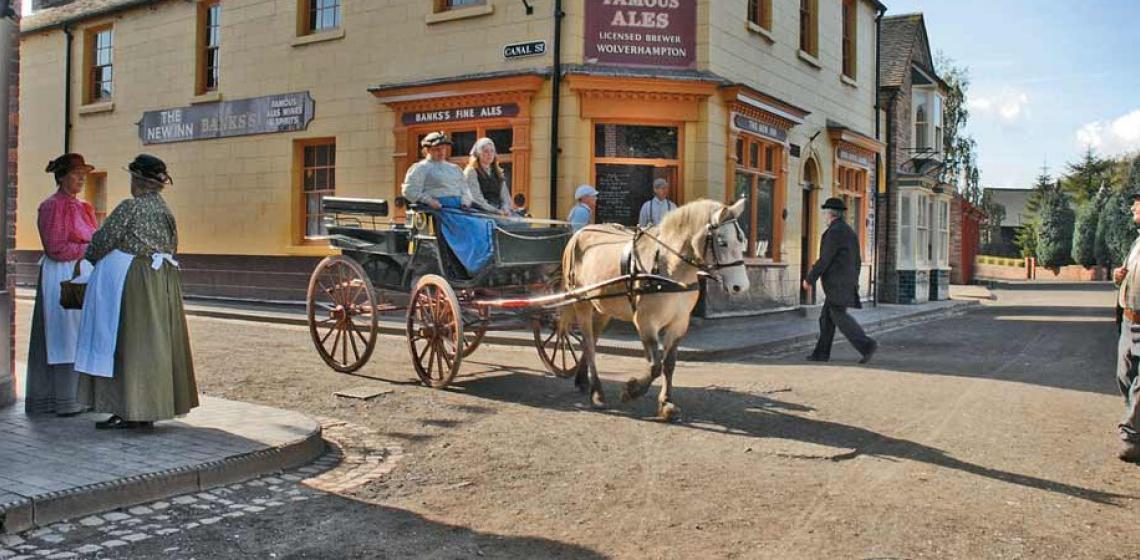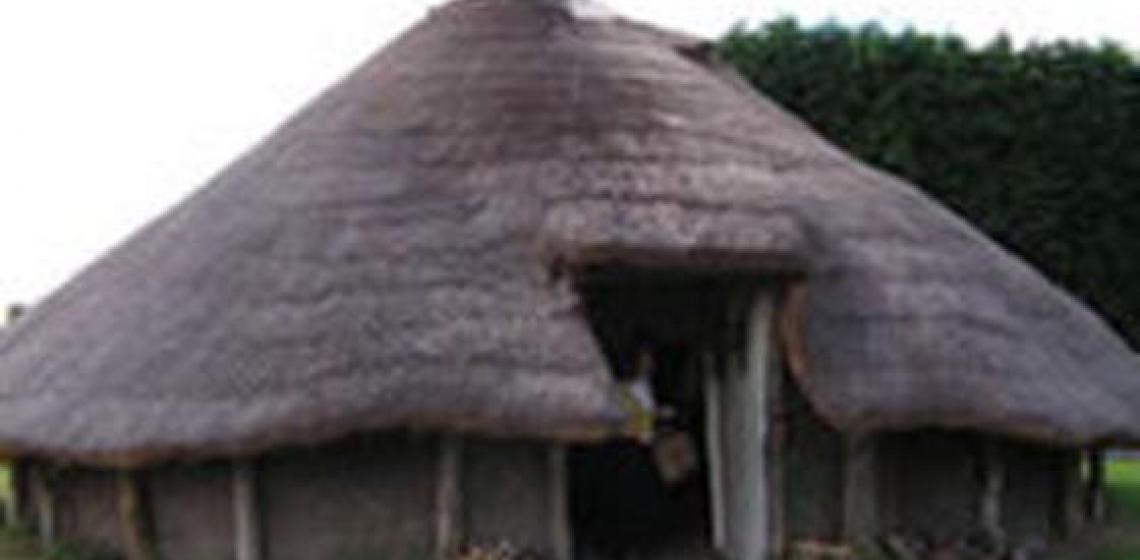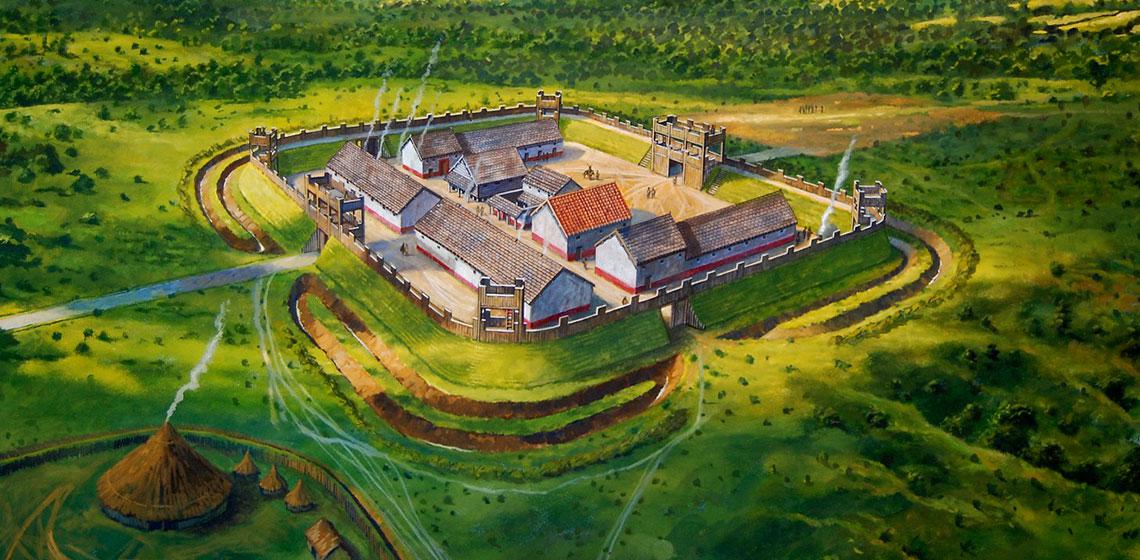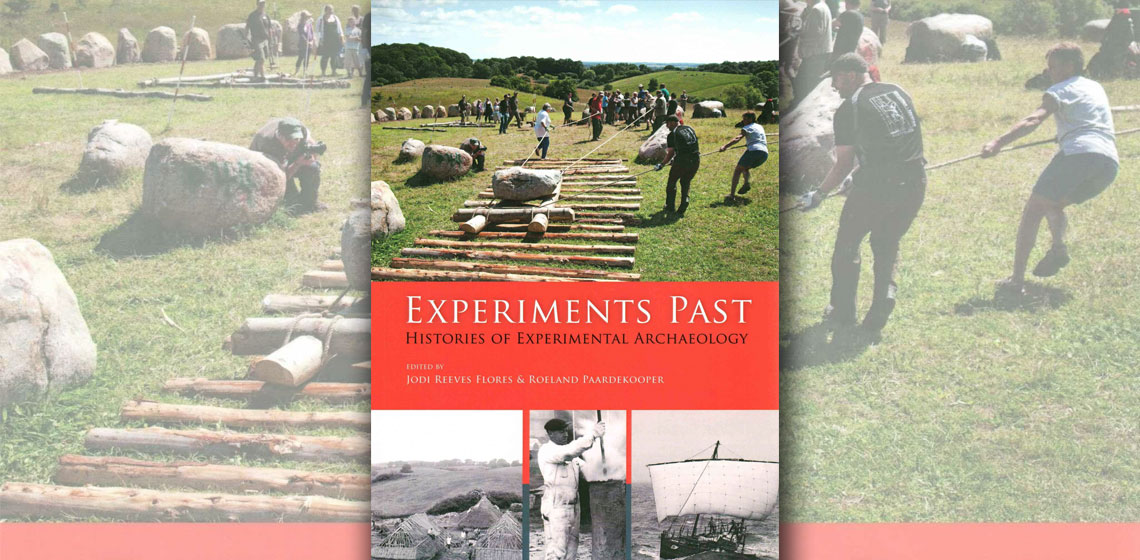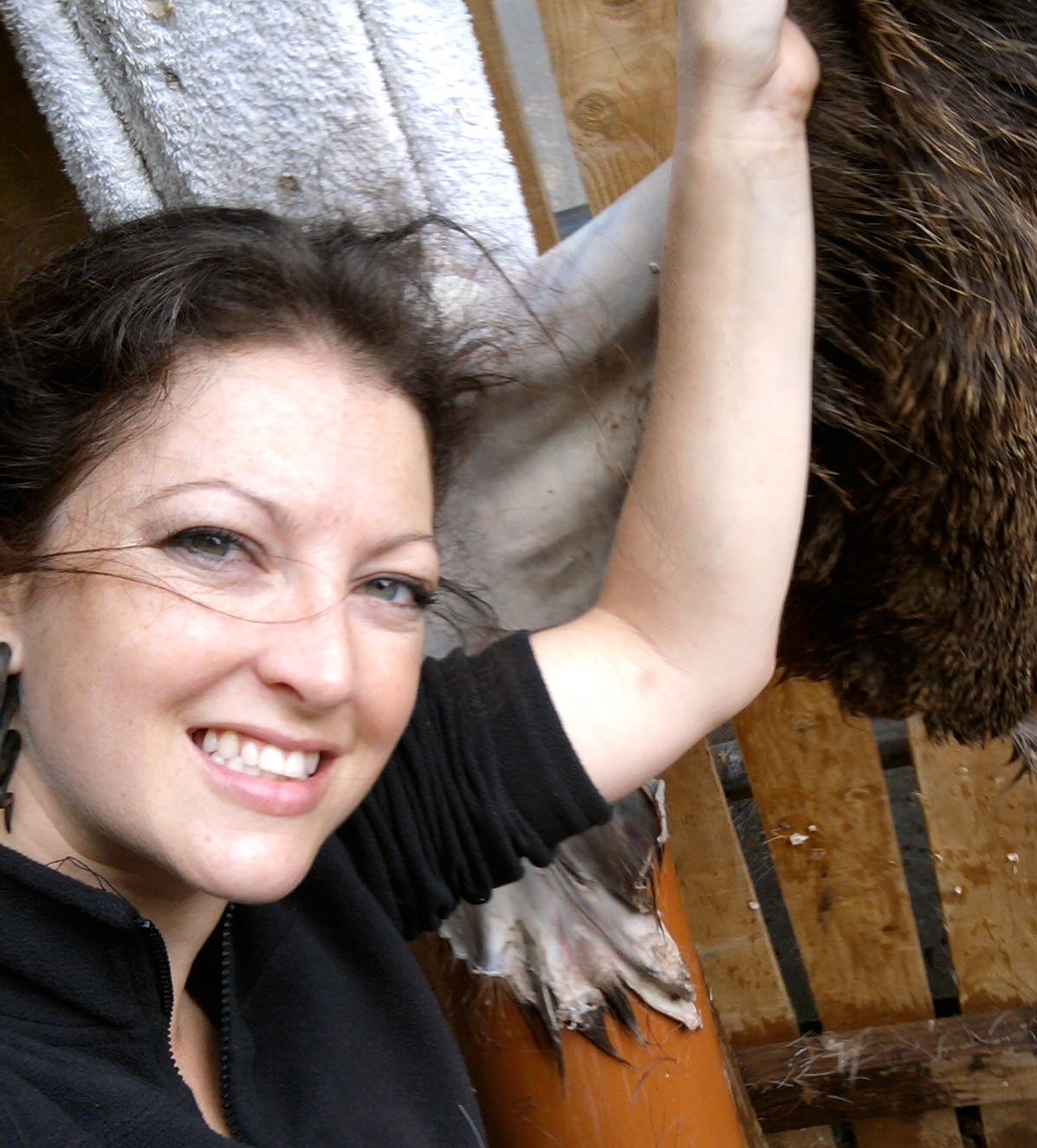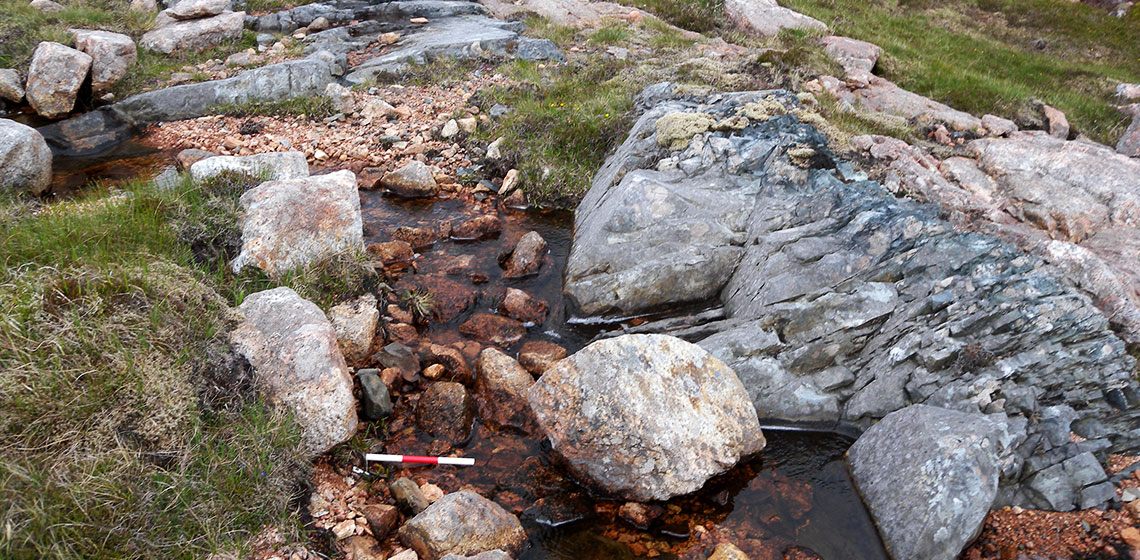United Kingdom
The Prometheus Project
***The Prometheus Project was an experimental archaeological investigation carried out at Butser Ancient Farm, Hampshire, England, into prehistoric logboat building techniques. The project focused on exploring the use of fire in building logboats...
Book Review: Performing Heritage: Research, Practice and Innovation in Museum Theatre and Live Interpretation by Anthony Jackson & Jenny Kidd (eds)
Highland Folk Museum (UK)
This open air museum was opened in 1944 thanks to the vision of its founder, Dr Isabel Frances Grant.
Fruit of the vision of the founder, the museum was opened in 1944.
Blists Hill Victorian Town (UK)
Blists Hill Victorian Town is a full scale and functioning replica of life as it was a hundred years ago.
Blists Hill is a complete Victorian age town, recreated in every detail and activity.
Woodview Farm (UK)
Originally built to test iron age building techniques, the roundhouse in Woodview Farm is used for educational purposes.
Woodview Farm Iron Age roundhouse was built to test ancient building technology and materials.
Park in The Past Community Interest Company (UK)
Park in The Past is an ambitious plan to restore an old sand and gravel quarry near Hope, in Flintshire to create a unique ancient environment based on the 1st Century AD - at the very moment when the Roman Legions arrived, bringing with them new technologies and a new culture - changes that some call the beginnings of our Nation State.
Book Review: "Experiments Past" Edited by Jodi Reeves Flores & Roeland P. Paardekooper
Theresa Emmerich Kamper PhD
I am an avid practitioner of traditional living skills and primitive technology of all kinds and have followed this interest into the academic field of Experimental Archaeology, in which I hold an MA in Experimental Archaeology and a PhD on the ‘Microscopic Analysis of Prehistoric Tanning Technol
Stone Tools of Shetland: Experimental Felsite Project
***The Shetland Islands are the northernmost part of Britain, located northeast of the Orkney Islands and Scottish mainland. Similar to other locations in northwest Europe, during the Neolithic Period (4000-2500 cal BC) suitable lithic sources were exploited for use in the production of stone axes and other artefacts...

